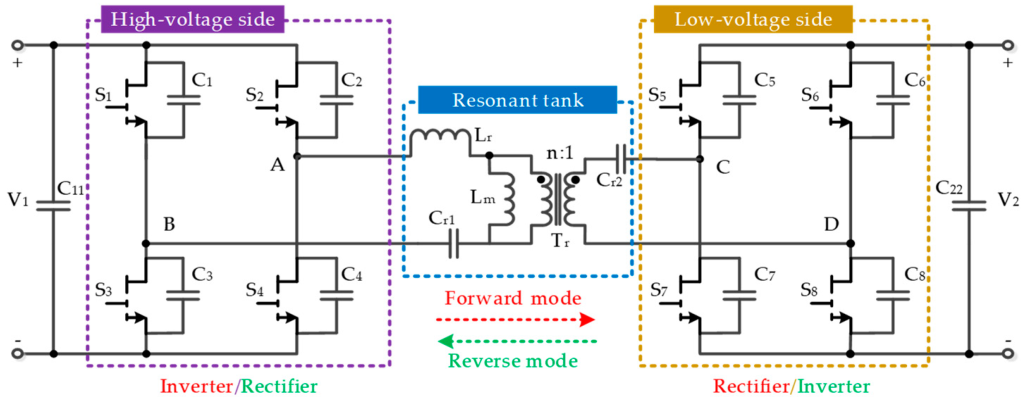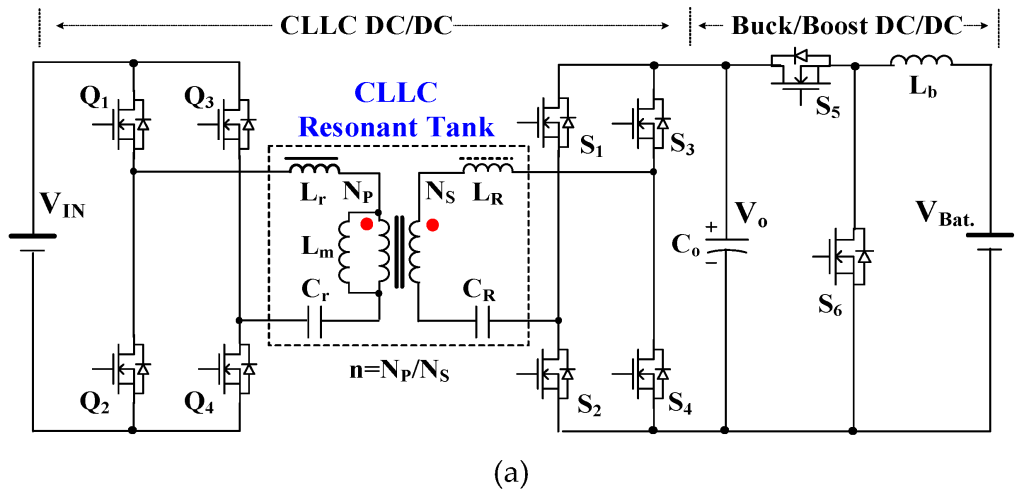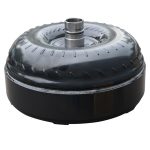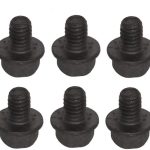Unlock Efficiency With The Revolutionary CLLC Converter – Boost Your Productivity Now!
CLLC Converter: Transforming Power for a Sustainable Future
Introduction
Welcome, Converter user, to the ultimate guide on CLLC converters! In this article, we will delve into the world of CLLC converters and explore their significance in the realm of power transformation. Join us as we uncover the intricacies of this technology and understand how it is shaping a sustainable future.
2 Picture Gallery: Unlock Efficiency With The Revolutionary CLLC Converter – Boost Your Productivity Now!
But first, let’s understand what CLLC converters are and why they have gained immense popularity in recent years.

Image Source: mdpi.com
So, let’s dive right in!
What is a CLLC Converter? 🌍
At its core, a CLLC (Capacitor-Inductor-Inductor-Capacitor) converter is a power electronic circuit that efficiently converts electrical energy from one form to another. It is widely used in various applications such as renewable energy systems, electric vehicles, and industrial processes.

Image Source: mdpi.com
✅ Advantages of CLLC Converters:
Highly efficient power conversion
Reduced electromagnetic interference
Compact design
Improved power quality
Enhanced reliability
Flexible control options
Integration with renewable energy sources
❌ Disadvantages of CLLC Converters:
Complex design and control algorithms
Higher cost compared to traditional converters
Requires precise component selection
Limited scalability for high-power applications
Potential for component failure
Who Uses CLLC Converters? 🤔
CLLC converters are utilized by a wide range of industries and individuals. Renewable energy system developers, electric vehicle manufacturers, and power grid operators are among the key users of CLLC converters. These converters play a crucial role in enabling the efficient utilization of renewable energy sources and reducing carbon emissions.
When are CLLC Converters Used? ⏰
CLLC converters are employed whenever there is a need to efficiently convert electrical energy from one form to another. They are particularly useful in applications involving variable input voltages, such as solar photovoltaic systems and wind turbines. Additionally, CLLC converters find applications in electric vehicle charging stations, energy storage systems, and grid-connected power electronics.
Where are CLLC Converters Used? 🌎
CLLC converters are used worldwide in various settings. From residential solar installations to large-scale industrial applications, CLLC converters have gained prominence in both developed and developing countries. Their versatility and efficiency make them a preferred choice for power transformation across the globe.
Why Choose a CLLC Converter? 🌱
The adoption of CLLC converters is driven by the need for sustainable energy solutions. As the world shifts towards clean energy sources, CLLC converters offer significant advantages, including high efficiency, reduced energy loss, and improved grid stability. By harnessing the potential of renewable energy, CLLC converters are paving the way for a greener future.
How Does a CLLC Converter Work? ⚡
A CLLC converter operates by switching the input voltage at high frequencies using semiconductor devices such as insulated gate bipolar transistors (IGBTs). Through a combination of capacitors and inductors, the converter transforms the input voltage to the desired output voltage, facilitating efficient power transfer. Sophisticated control algorithms ensure precise regulation and protection of the converter.
Frequently Asked Questions (FAQs) 🙋♀️
1. Can CLLC converters be used for grid-tied solar systems?
Yes, CLLC converters are commonly employed in grid-tied solar systems for efficient power conversion and integration with the electrical grid.
2. Are CLLC converters suitable for high-power applications?
While CLLC converters offer high efficiency, they may have limitations in scaling up to very high-power applications due to the complexity of control and component selection.
3. Can CLLC converters be used in off-grid applications?
Yes, CLLC converters can be utilized in off-grid applications, such as remote areas where access to the electrical grid is limited. They enable efficient power conversion from renewable energy sources for standalone systems.
4. Are CLLC converters more expensive than traditional converters?
Yes, CLLC converters are generally more expensive than traditional converters due to their complex design and specific component requirements. However, their long-term benefits, such as improved efficiency and reduced energy loss, outweigh the initial costs.
5. Are CLLC converters compatible with different renewable energy sources?
Yes, CLLC converters can be easily integrated with various renewable energy sources, including solar panels, wind turbines, and hydroelectric systems. They ensure efficient power conversion and maximize the utilization of clean energy.
Conclusion: Embrace the Future with CLLC Converters
In conclusion, CLLC converters are revolutionizing the way we harness and transform electrical energy. With their high efficiency, compact design, and compatibility with renewable energy sources, CLLC converters play a vital role in building a sustainable future. As we strive towards a greener world, embracing the power of CLLC converters is a step towards a more energy-efficient and environmentally conscious society.
Final Remarks
Disclaimer: The information provided in this article is for educational purposes only. The usage and implementation of CLLC converters should be done in accordance with industry standards and guidelines. Always consult professionals before making any significant decisions related to power electronics and energy systems.
This post topic: Converter



